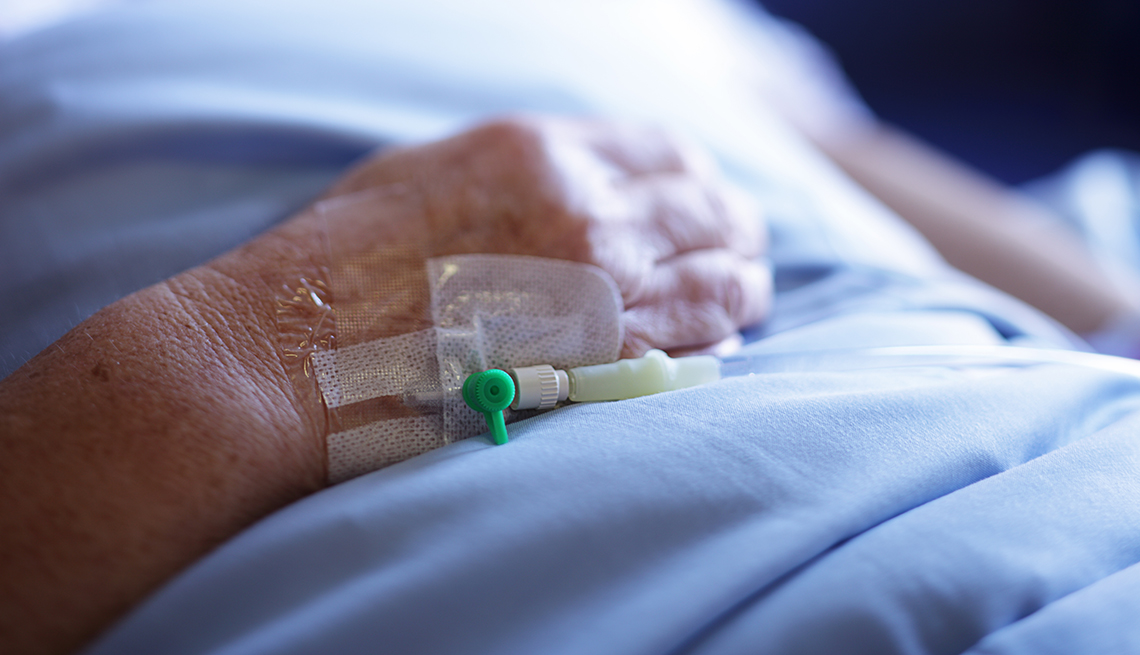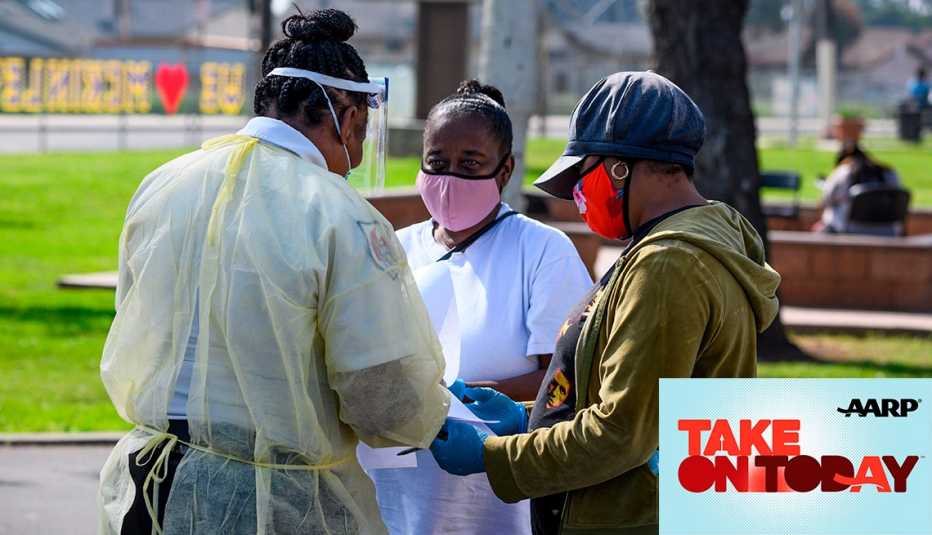Staying Fit
After being released from a hospital intensive care unit, low-income 65-and-older adults face a starkly higher risk of developing new physical and cognitive problems than other patients their age who are better off financially, according to a study appearing in the Annals of Internal Medicine.
The study, led by researchers at Yale University’s School of Medicine, found that in the six months after being discharged from the ICU, those poor enough to be eligible for both Medicaid and Medicare were nearly 10 times more likely to suffer serious cognitive decline than patients with higher incomes who qualified only for Medicare.


AARP Membership— $12 for your first year when you sign up for Automatic Renewal
Get instant access to members-only products and hundreds of discounts, a free second membership, and a subscription to AARP the Magazine.
Study coauthor Lauren Ferrante, M.D., an assistant professor of medicine at the Yale School of Medicine, called the finding — based on an analysis of data gathered from older ICU patients from 2011 to 2017 — a “shocking effect” of income disparities.
“This is problematic in an older adult, because our cognitive function is so much of what helps someone remain independent in his or her daily life,” Ferrante said.
The researchers also found low income was associated with a significantly higher risk of developing physical disabilities that interfered with seven everyday activities, including eating, dressing and getting around inside and outside their homes without assistance. The difference translated to “almost two more activities in which they’re not independent, out of the seven,” Ferrante said.
Although the study doesn’t answer why these disparities exist, lead author Snigdha Jain, M.D., a clinical fellow at the Yale School of Medicine, said the problem may have multiple causes “across the continuum of care.”
Hospital care
One possible explanation might be differences in the treatment poorer patients receive while in the hospital, Jain said. “Are they being treated at hospitals or rehab facilities that are not performing so well?” she questioned. Helping patients recognize their surroundings, giving them the right medications and getting them moving again after days in bed all are crucial to preserving cognitive abilities and physical function.
Lack of support
It may also be that low-income older patients aren’t getting the help they need after leaving the ICU, Jain said. Their families may be less able to provide caregiving support, and they may have more difficulty getting transportation to appointments with their doctors or to rehabilitation sessions at outpatient clinics.



































































